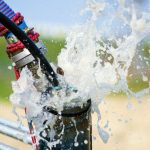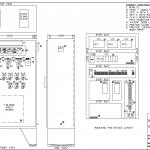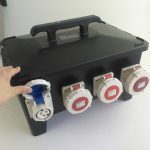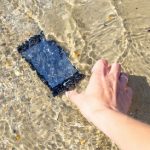The IP (Ingress Protection) enclosure system uses a 2-digit suffix to designate an enclosure’s level of ingress protection. Devices with an IP68 rating offer protection against immersion in liquid up to 1.5 meters deep, vs the IP66 rating which provides shielding from powerful water jets. This article explains the IP protection system, the distinctions between the IP66 and IP68 ratings, and typical IP applications.
IP Protection System
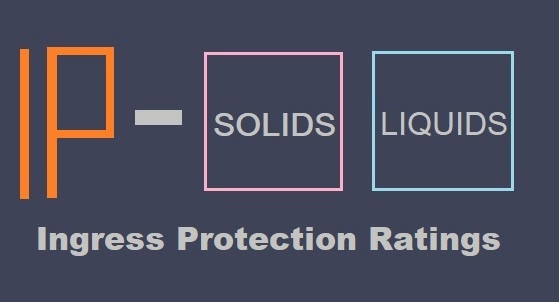
The IP rating is an international standard. It determines the degree of protection or sealing efficacy in enclosures against the infiltration of objects, water, dust, and contact. Also, it is compliant with European Standard EN 60529.
Products are noted by the initials IP (Ingress Protection), followed by two digits and an optional letter in the IP code. The two digits denote the level of intrusion protection versus solids and liquids. The optional letter notes the product’s resistance to pressure.
IP Ratings – Intrusion Protection
| Level | Intrusion Protection |
|---|---|
| X | No protection. |
| 1 | Protection from a large part of the body such as a hand (but no protection from deliberate access); from solid objects greater than 50mm in diameter. For example, accidental touch by hands. |
| 2 | Protection against fingers or other objects not greater than 80mm in length and 12mm in diameter. For example, fingers. |
| 3 | Protection from entry by tools, wires, etc, with a diameter of 2.5 mm or more. For example, tools, and wires. |
| 4 | Protection against solid objects larger than 1mm. For example, wires, nails, screws, larger insects, and other potentially invasive small objects such as tools/small, etc. |
| 5 | Partial protection against dust that may harm equipment. |
| 6 | Totally dust-tight. Full protection against dust and other particulates, including a vacuum seal, tested against continuous airflow. |
IP ratings – Moisture Protection
| Level | Moisture Protection |
|---|---|
| X | No protection. |
| 1 | Protection against vertically falling droplets, such as condensation. ensuring that no damage or interrupted functioning of components will be incurred when an item is upright. |
| 2 | Protection against water droplets deflected up to 15° from vertical |
| 3 | Protected against spray up to 60° from vertical. |
| 4 | Protected against water splashes from all directions. Tested for a minimum of 10 minutes with an oscillating spray (limited ingress permitted with no harmful effects). |
| 5 | Protection against low-pressure jets (6.3 mm) of directed water from any angle (limited ingress permitted with no harmful effects). |
| 6 | Protection against direct high-pressure jets. |
| 7 | Protection against full immersion for up to 30 minutes at depths between 15 cm and 1 meter (limited ingress permitted with no harmful effects). |
| 8 | Protection against extended immersion under higher pressure (i.e. greater depths). Precise parameters of this test will be set and advertised by the manufacturer and may include additional factors such as temperature fluctuations and flow rates, depending on equipment type. |
| 9 | (K): Protection against high-pressure, high-temperature jet sprays, wash-downs, or steam-cleaning procedures – this rating is most often seen in specific road vehicle applications (standard ISO 20653:2013 Road Vehicles – Degrees of protection). |
IP66 vs. IP68 Difference
IP66 and IP68 offer the same protection against dust ingress. The difference lies in the degree of water protection.
| Rating | Difference | Similarities |
|---|---|---|
| IP66 | Protected from high-pressure water jets from any direction. | Protected from total dust ingress. Full protection against dust and other particulates. |
| IP68 | Protected from long-term immersion up to a specified pressure. | Protected from total dust ingress. Full protection against dust and other particulates. |
Common IP Applications
The universal IP rating system gives buyers confidence that they can use products in certain environments. For example, the term ‘waterproof’ doesn’t provide a clear definition of where and to what extent an item can resist moisture ingress. Therefore, an IP rating provides a far more specific account.
Protective IP cases may apply to lighting, controllers, electric instruments, power supply, industrial camera housings, desktop electronics, and measuring/control equipment, to name a few. Instrument applications such as volt-meters, digital thermometers, and flow readers are also common. Additionally, electrical motors often bear the IP designation.
IP-rated enclosures compete in the industrial market with the NEMA (National Electrical Manufacturers Association) designation.
Common IP66 Applications
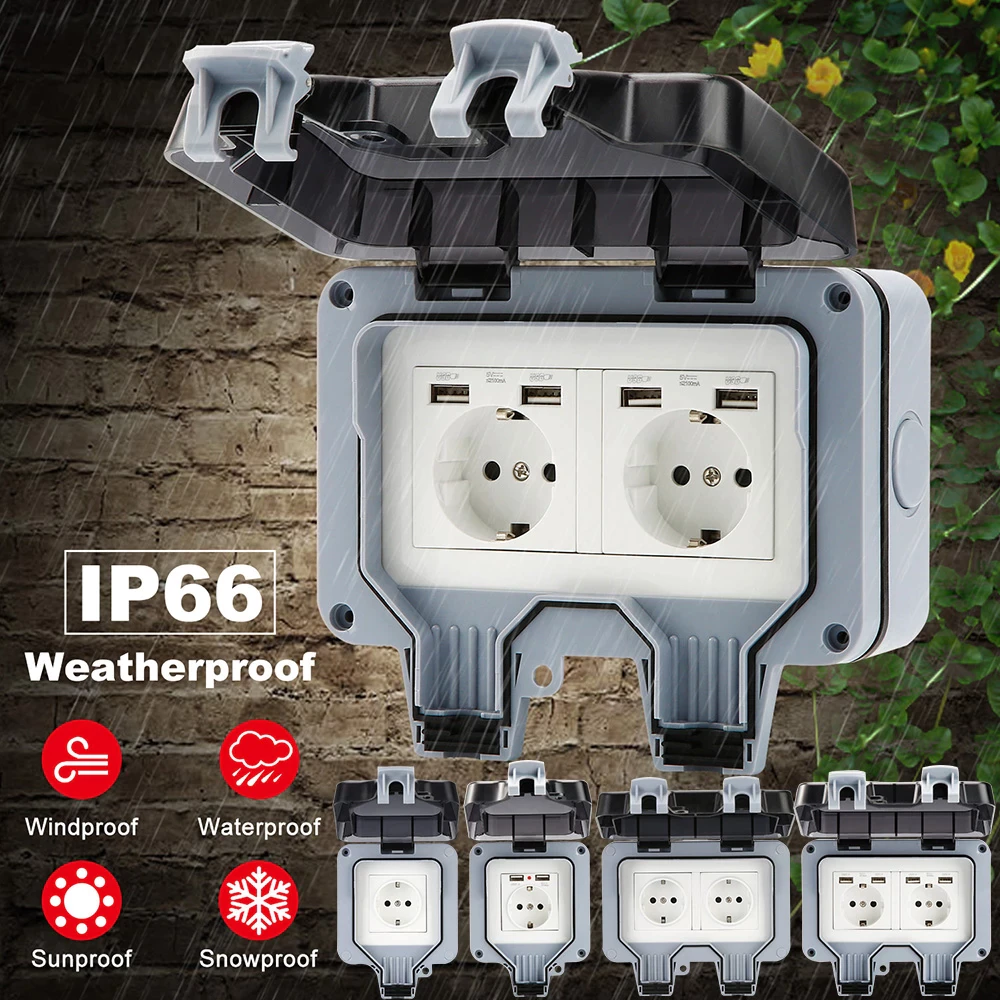
An IP66-rated enclosure has a rugged design and construction that’s rated for general outdoor use. An IP66-rated enclosure offers excellent performance for many environments, including:
- Outdoor security units
- Control boxes for farm and construction machinery
- Outdoor scientific instruments
- Electrical junction boxes
- Circuit breakers and other electrical equipment
- A/V gear designed to be used outdoors
Common IP68 Applications
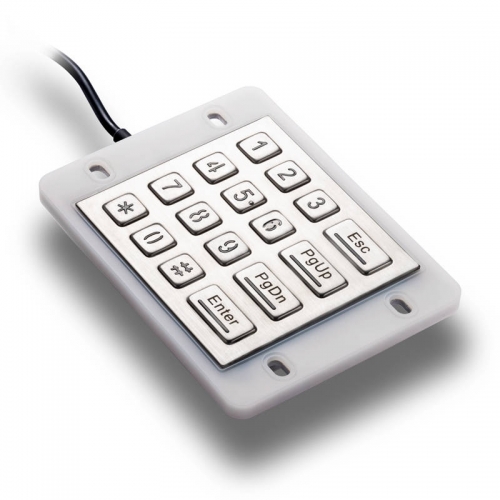
IP68 enclosures’ high standard of protection makes them a natural choice for some of the most demanding electrical and electronic applications. These often include:
- Marine equipment
- Equipment in areas potentially subject to flooding
- Water treatment and processing equipment
- Equipment that will be subject to repeated high-pressure hose-downs
In addition, current iPhone models now boast an IP68 rating.
IP66 VS. IP68 – Which to Choose?
When determining the right IP rating to specify, engineers must be vigilant to consider potential ingress from less obvious sources of moisture or particulates, such as condensation, steam, and accumulating dust in harder-to-reach areas.
The IP68 rating is near the zenith of water protection and for devices that may be near or around water, it provides a better choice. IP66 fits environments where sporadic water exposure may occur but full immersion is unlikely.
